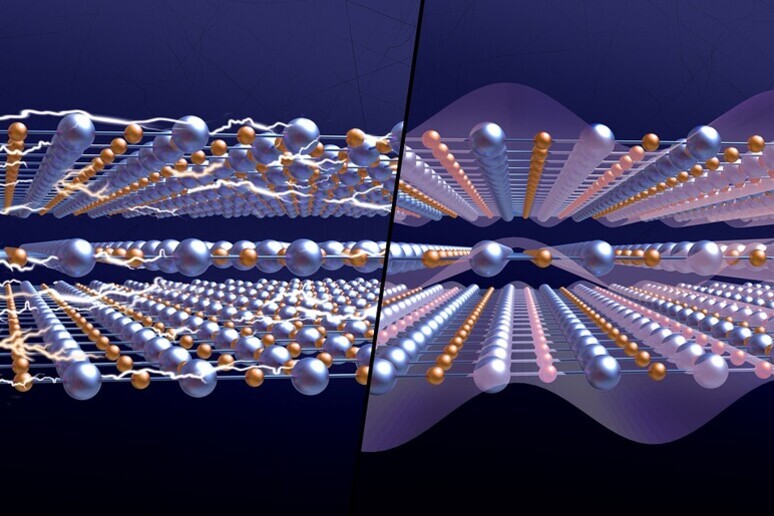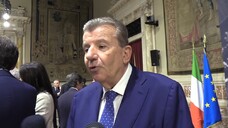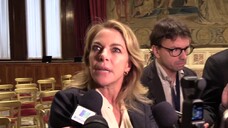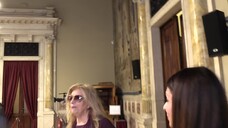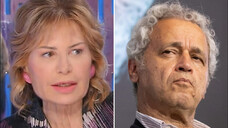A possible cause of the 'strange' behavior of cuprates, special superconductor materials made of copper and oxygen which could in future bring down waste in the distribution of electricity, has been revealed.
The result, which shows promise in paving the way for more sustainable technologies, has been published in Nature Communications by researchers from the Politecnico in Milan, the Chalmers University of Technology in Gothenborg and Rome's Sapienza University.
Superconductors are materials in which electric current travels without resistance below a certain temperature: this sets them apart from normal metals in which resistance entails the production of heat and therefore a waste of energy. Cuprates, in particular, are superconductor materials which at a temperature above critical (when they are in the 'normal' state and therefore do not have zero resistance) behave in an unconventional way, so much so that they are called 'strange' metals.
The strangeness lies in the linear increase in resistivity with temperature, something that does not happen in normal metals. Thanks to X-ray diffusion experiments conducted at the European Synchrotron ESRF and the Britisn synchrotron Diamond Light Source, the researchers have discovered that what makes cuprates 'strange' are fluctuations in load density capable of influencing electrical resistance. The systematic measurement of how the energy of these fluctuations varies has enabled researchers to identify the exact value of the density of the load bearers where it is minimal: the quantum critical point.
Riproduzione riservata © Copyright ANSA





